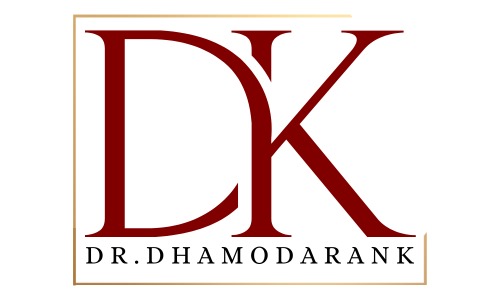 20 July, 2024
20 July, 2024
Understanding Complex Angioplasty: Advanced Solutions for Challenging Blockages
Angioplasty has revolutionized heart care, offering relief for many suffering from blocked arteries. However, some blockages present unique challenges, necessitating more advanced techniques. This is where complex angioplasty comes into play. Let’s delve into what complex angioplasty is and how it tackles the most difficult arterial blockages, including chronic total occlusions (CTOs).
What is Complex Angioplasty?
Complex angioplasty is an advanced version of traditional angioplasty and stenting, designed to address particularly tough blockages that standard procedures may not effectively treat. While traditional angioplasty involves inserting a balloon-tipped catheter to open up the blocked artery and placing a stent to keep it open, complex angioplasty involves additional techniques and tools to manage more complicated cases.
When is Complex Angioplasty Needed?
Complex angioplasty is typically employed in scenarios where blockages are particularly severe or tricky, including:
- Chronic Total Occlusions (CTOs): These are blockages that completely obstruct the artery for more than three months. CTOs are notoriously difficult to treat due to their hardened and calcified nature.
- Severe Calcification: When arteries are heavily calcified, they become rigid and difficult to open with traditional methods.
- Bifurcation Lesions: These are blockages that occur at the branch points of arteries, making them challenging to navigate and treat.
- In-Stent Restenosis: This occurs when previously placed stents narrow again, requiring more advanced intervention.
Techniques Used in Complex Angioplasty
Treating complex blockages requires a combination of specialized techniques and tools, including:
- Guidewire Techniques: Advanced guidewires with better penetration capabilities help navigate through hard and complex blockages.
- Rotational Atherectomy: This technique involves a rotating device that grinds away hard plaque, making it easier to place a stent.
- Laser Angioplasty: Laser energy is used to vaporize the blockage, providing a clear path for the stent.
- Drug-Eluting Stents: These stents release medication over time to prevent the artery from re-narrowing.
Chronic Total Occlusions (CTOs)
CTOs are among the most challenging blockages to treat. They are characterized by a complete and long-standing blockage of the coronary artery, leading to severe symptoms and increased risk of heart attack. Here’s why CTOs require special attention:
- Complex Nature: CTOs are often densely calcified and hard, making it difficult for standard balloons and stents to penetrate.
- Specialized Approach: Treating CTOs often involves a combination of advanced guidewires, atherectomy devices, and sometimes even retrograde approaches, where the blockage is approached from the opposite side of the artery.
Benefits of Complex Angioplasty
Complex angioplasty offers several benefits, including:
- Improved Success Rates: Advanced techniques increase the likelihood of successfully opening tough blockages.
- Symptom Relief: Patients experience significant relief from symptoms such as chest pain and shortness of breath.
- Reduced Need for Surgery: Complex angioplasty can often prevent the need for more invasive procedures like coronary artery bypass surgery (CABG).
- Enhanced Quality of Life: By restoring proper blood flow, patients can return to their daily activities with fewer limitations.
Conclusion
Complex angioplasty represents a significant advancement in the treatment of challenging arterial blockages. By utilizing specialized techniques and tools, it offers hope for patients with conditions that might otherwise be deemed untreatable with standard methods. If you or a loved one has been diagnosed with a severe blockage, consulting with a cardiologist about the potential of complex angioplasty could be a crucial step towards better heart health and improved quality of life.
 +91 96001 07057
+91 96001 07057 Sidharam Heart Clinic Adyar, Gandhi Nagar, Canal Bank Road, Opp.St.Louis School, Adyar, Chennai, Tamil Nadu 600020
Sidharam Heart Clinic Adyar, Gandhi Nagar, Canal Bank Road, Opp.St.Louis School, Adyar, Chennai, Tamil Nadu 600020
